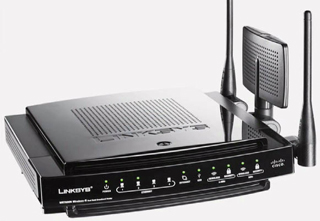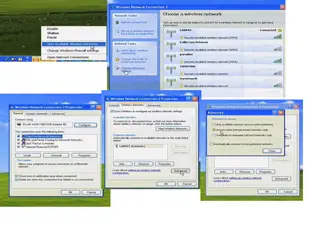LabRats #096: How to stay safe on the road
While it is true that you can connect your laptop to access points in busy public places such as Internet cafes, airports, railway and bus stations, you still need to have the service provider’s keys: and these are keys everybody else is getting too. The result is obvious: even if your data is encrypted, it is still accessible. Not good, not good at all.
It won’t necessarily have to be the bad guys who are sniffing around other people’s stuff. Sometimes, simple curiosity will have computer users looking around to see what’s going on in the wide world. Today’s laptops carry wireless equipment that lets users connect to the access points, the issue here is, everybody else has got it, too.
You can compare it to sending postcards: anyone can read what you’ve written. Except, usually we don’t write purely personal or, heavens forbid, sensitive stuff on postcards. Feeling, for whatever reason, that we are safe in the wireless world, we tend to do precisely that.
Others can’t read encrypted material, now, can they? They can. Remember: everybody and their dog in that airport has got the same access key, meaning that whatever you’re communicating, they can read, too. If you’re dealing with your bank through a wireless connection in a public place, it’s the bank that keeps your data confidential. A quick look at your browser tells you whether you’re on a safe connection: a closed lock (usually bottom-right of your browser) and an https:// instead of your usual http:// in the address field on top are the most obvious indicators. But everything else is fair game.
In this installment of LabRats, Andy Walker and Sean Carruthers describe how to get yourself on a virtual private network that gives you security almost as foolproof as your bank connection. They also explain other ways how to remain secure in public places, short of not using your laptop to connect to the outside world wirelessly at all.


